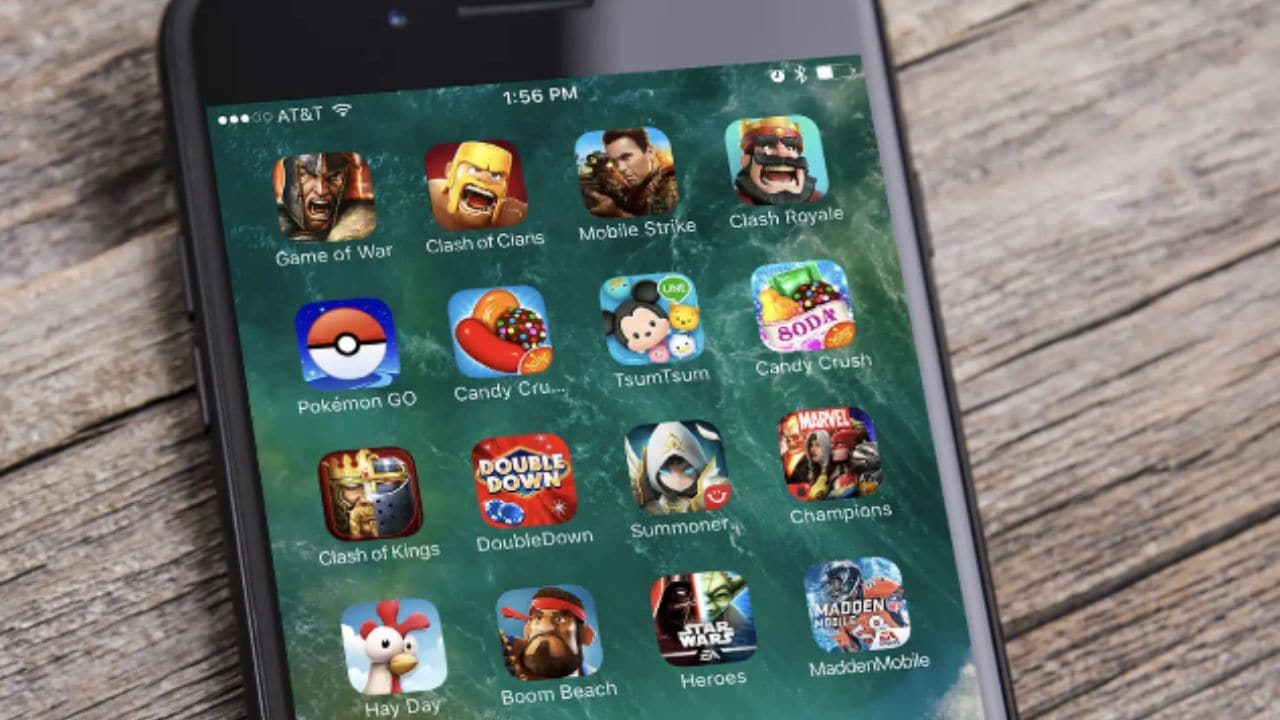Have you ever come across an enticing ad featuring an easy-to-play puzzle or shooter game, or perhaps a scantily clad woman seeking help to escape a demon, while scrolling through Instagram Reels or YouTube Shorts? These types of advertisements are often designed for a quick download. Many mobile game developers are now using misleading ads on social media platforms to lure users into downloading their games. The Advertising Standards Council of India (ASCI) is open to investigating such cases but their primary focus remains on flagging illegal betting ads.
Such misleading ads tempt users to click the download button, but the games can sometimes be malicious. They may request permissions to access personal data, including phone storage, or push users to unlock paid features.
Discussing this deceptive trend, Anurag Choudhary, Founder and CEO of Felicity Games, commented, “Misleading ads are often a shortcut to attract users by leveraging curiosity or exaggerated promises. Developers focused on short-term metrics, like high click-through rates (CTR), may use this tactic without considering long-term consequences. This approach erodes trust and damages brand credibility. At Felicity Games, we prioritize authentic and engaging creative strategies, ensuring alignment between game ads and actual gameplay to foster trust and sustain user retention.”
Choudhary further emphasized that user retention is significantly lower for games acquired through misleading ads: “Users who feel deceived often uninstall the game quickly or stop engaging after minimal interaction. This reduces retention rates, increases churn, and negatively affects monetization potential.” He added, “We focus on creating seamless onboarding experiences and authentic ad campaigns that accurately showcase gameplay, ensuring higher retention and long-term user loyalty.”
As more brands invest in in-game advertising, research by Dentsu, Lumen, and Activision Blizzard Media shows that gaming environments deliver higher viewability and attention rates, along with better cost efficiency. For example, in-game rewarded video ads achieved a 100% on-screen impression rate, exceeding the benchmark of 83%, with an average of over 10,000 attentive seconds per thousand impressions.
Kashyap Reddy, Co-founder and CEO of Hitwicket, highlighted the challenges of acquiring users for mobile games. He explained, today, user acquisition is one of the biggest expenses for any mobile game, with almost 60% of revenue allocated to this purpose. To reduce customer acquisition costs, game developers often resort to misleading ads to persuade users to download games, even if the actual value proposition is lacking.
Reddy added, “I believe that the quality of the product is key to retaining users. Indian consumers are willing to spend on entertainment if it’s high-quality. We’ve kept our game completely ad-free and prioritized user experience and in-app purchases. Over the last eight months, our in-app purchase revenue has grown threefold, and we’re on a strong growth trajectory.
“We have approximately 1.5 million monthly active users who play the game for an average of 42 minutes per day. Notably, 20% of our players are women, which is the highest percentage among sports games,” Reddy noted.
Despite gaming’s 3.4 billion audience and significant cultural impact, in-game advertising investment remains slow. The global gaming market generates $183.9 billion annually, far surpassing the music and movie industries. According to research by Newzoo, 72% of individuals aged 35-54 and 46% of those aged 55 and older play video games at least once a week.
Another top gaming industry stakeholder said on condition of anonymity, “The game developers are using misleading tactics to make an user download a mobile game. ASCI should step in and flag such advertisements and social media intermediaries must be active to take down such misleading advertisements. These video game developers face heavy competition and they collaborate with third party agencies to increase their user base.”
Taking a firm stance against misleading advertisements in the gaming industry, Manisha Kapoor, CEO and Secretary General of ASCI, stated, “We monitor misleading ads across all sectors, including mobile games. Misleading ads occur when there’s a clear gap between what’s promised and the actual product or service. While no recent complaints have been filed specifically about mobile game ads misrepresenting gameplay, ASCI is open to investigating such cases when consumers bring them to our attention.”
Kapoor added, “ASCI actively monitors advertisements across industries, including gaming. Our primary focus has been on areas like illegal betting ads, which pose significant financial risks. However, misrepresentation in mobile game ads has not yet been flagged.”
Read more: EXCLUSIVE: India’s gaming industry gets clarity, RMG sector to be regulated by MeitY
